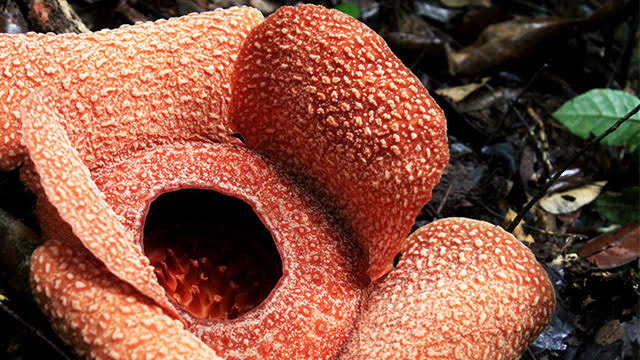BRIN Unveils Insights into Rafflesia patma Genetic Diversity

Jakarta, The Gulf Observer: The National Research and Innovation Agency (BRIN) has made significant strides in understanding the genetic diversity of Rafflesia patma flowers originating from various locations outside protected areas. This valuable research, conducted by Yayan Wahyu Kusuma, a researcher at the BRIN Ecology and Ethnobiology Research Center, sheds light on the conservation needs of this rare and endangered plant species.
Rafflesia patma, a close relative of Rafflesia arnoldii, is recognized as a protected plant due to its rarity and the looming threat of extinction. Yayan Wahyu Kusuma highlighted the success of BRIN’s research and cultivation efforts since 2004, noting that the endemic plant from Pangandaran has bloomed at least 16 times in the Bogor Botanical Gardens.
The Indonesian government has consistently advocated for the conservation of Rafflesiaceae relatives, both within their natural habitats and in ex-situ locations such as botanical gardens, arboretums, and biodiversity parks.
BRIN’s recent research focused on the genetic diversity of Rafflesia patma from five locations outside protected areas in West Java province. The study encompassed the Bogor Botanical Gardens, Leuweung Cipeucang in the Ciletuh Geopark, Bojonglarang Jayanti, Leuweung Sancang, and Pangandaran.
According to Kusuma, the results of the two-decade-long research revealed that the genetic diversity of Rafflesia patma originating from Leuweung Cipeucang was the highest among the studied locations. The genetic diversity index for Rafflesia patma from Leuweung Cipeucang stood at 0.36, significantly surpassing those from the Bogor Botanical Gardens (0.32), Bojonglarang Jayanti (0.08), Leuweung Sancang (0.32), and Pangandaran (0.04).
In emphasizing the importance of conservation efforts, Kusuma highlighted the need to encourage and sustain initiatives aimed at preserving rare plant species growing outside protected areas. He also mentioned similar findings for other rare plant species like Vatica bantamensis and Hopea bilitonensis.
BRIN’s commitment to biodiversity research and conservation aligns with national and global efforts to safeguard endangered flora, ensuring the preservation of invaluable plant species for future generations.


